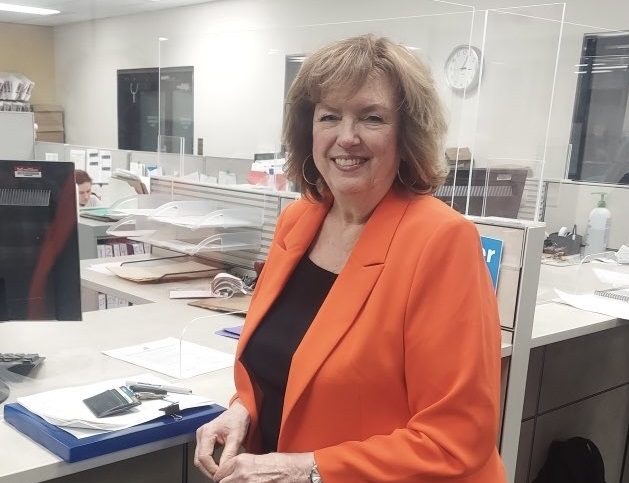Ottawa To Take ‘Wait-And-See’ Approach On Controversial MS Treatment
Posted September 2, 2010 7:09 am.
This article is more than 5 years old.
It will take more than anecdotes from some multiple sclerosis patients to sway the federal government into funding clinical trials of a controversial new treatment for the nerve-wasting disease.
The federal government will instead assemble a working group to study information coming out of seven studies of the treatment regime now underway, Health Minister Leona Aglukkaq said Wednesday.
“To ensure that we have the evidence to support this procedure, we need to do the research,” Aglukkaq said.
“And once we have that, we will proceed — if there is enough evidence from the seven research projects already underway around this subject — we will proceed with pan-Canadian clinical trials. We will support that.
“At this point in time, we do not have the evidence to proceed.”
For the time being, Aglukkaq says the government accepts the recommendations of the Canadian Institutes of Health Research and top North American scientists.
They urged the government on Tuesday to take a wait-and-see approach to a novel but unproven treatment conceived by Italian doctor Paolo Zamboni.
The working group was another one of their recommendations.
The scientists also recommended the working group be made up of the principal investigators for the seven studies currently funded by the MS Societies of Canada and the United States, four of them in Canada.
Aglukkaq said she’d be releasing more information on the group’s makeup “in the near future.”
The seven studies are expected to take two years.
The studies are looking into Zamboni’s theory that blocked neck veins are linked with MS.
Conventional thinking is that MS is an autoimmune disease.
But Zamboni contends that iron builds up in the brain because blood isn’t draining properly.
His research found vein blockages in all the MS patients he examined, and no blockages in healthy people he used as control subjects.
So he opens the veins by inserting a small balloon — a procedure called angioplasty — or by inserting a stent.
But work elsewhere hasn’t entirely supported his findings.
It’s not clear if MS causes blocked veins, if blocked veins cause MS, or if the two are entirely unrelated.
The head of the Canadian Institutes of Health Research says Zamboni’s treatment is too risky to try in Canada.
“The balloon angioplasty is relatively safe — and I think we have to insist on relatively,” he said.
“Any procedure where you inject a catheter in a vein, where you compress the vein, where you risk damage to the internal sheath of the vein is not without risk.
“The stent in the vein is way more risky. It’s not used very frequently. These have been designed for arteries. Now you’re talking about putting a little tube in a very thin, collapsible vessel. There are risks.”
But the risks haven’t stopped some MS patients from getting Zamboni’s procedure done in other countries.
Some clinics in Mexico and eastern Europe will perform the procedure on those with the money to pay for it.
Liberal Leader Michael Ignatieff says he’s heard from many MS sufferers who are “anguished” by this issue. He says he has spoken to Aglukkaq about it.
“Our position has been for months now that the federal government should fund research to sponsor the kinds of clinical trials necessary to figure out if this treatment is of benefit to Canadian patients, yes or no,” he told reporters at a summer caucus retreat in Nova Scotia.
“What’s troubling to every Canadian MS sufferer is the sense that they have to go overseas for something that appears to promise good results.”










